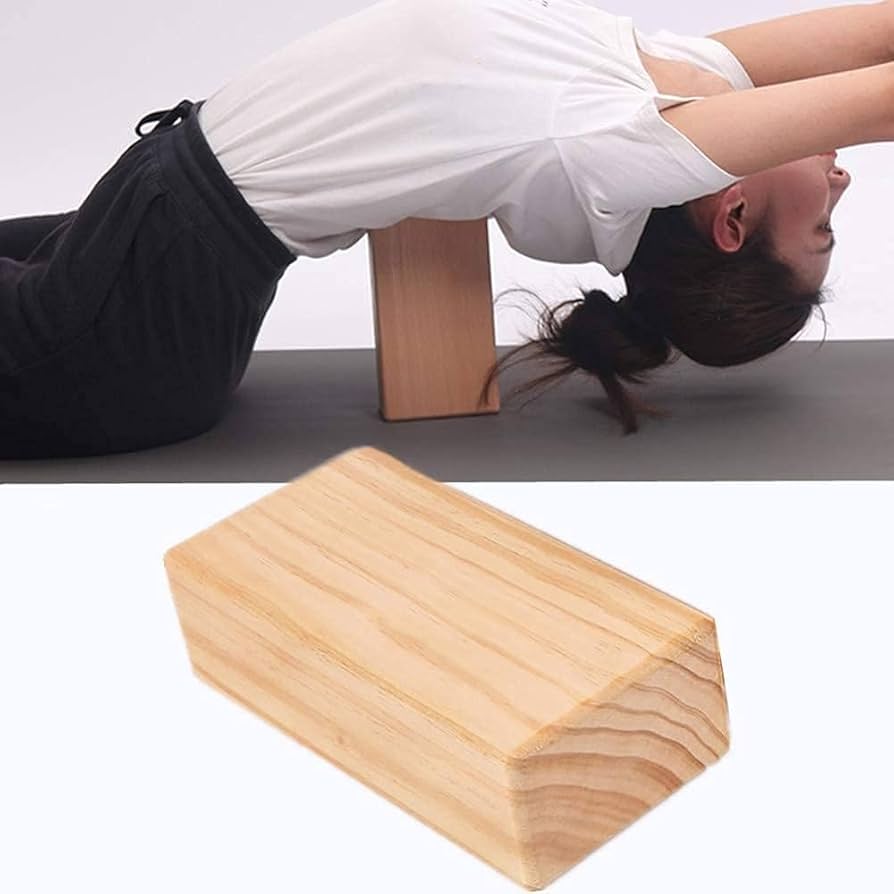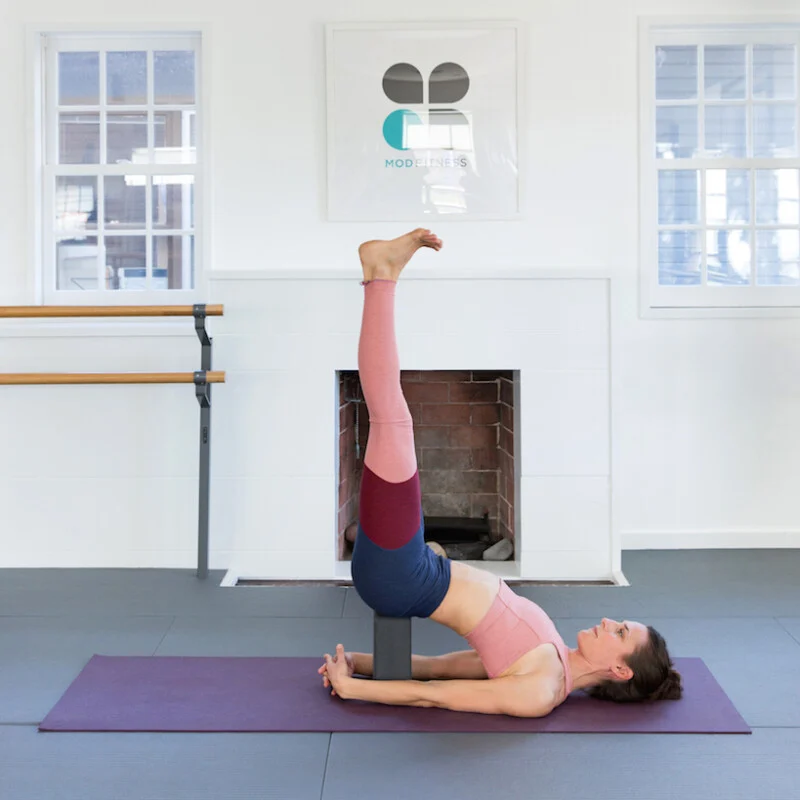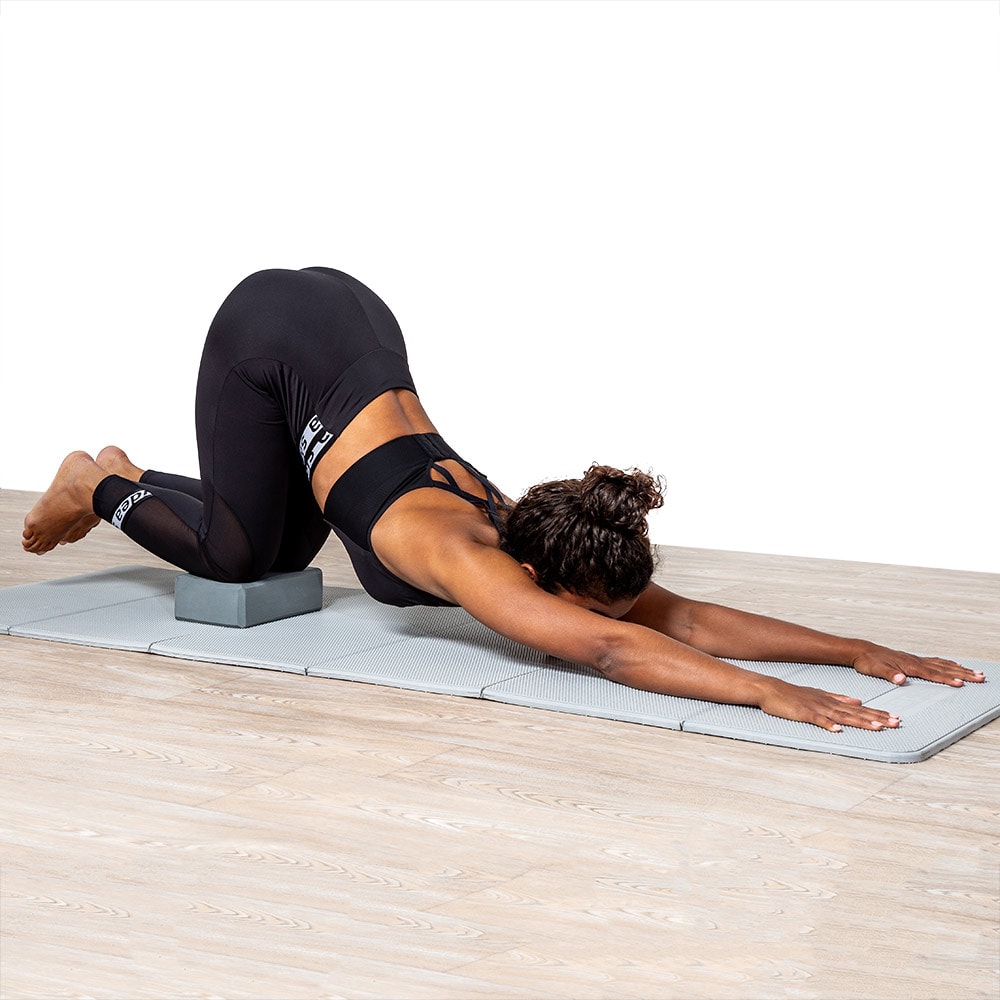I. Introduction
a. Explanation of what a yoga block is
A yoga block is a rectangular-shaped prop made of foam, cork, or wood that is used to support the body in various yoga poses. They come in different sizes and can be used to modify or intensify yoga postures to accommodate individual needs and preferences.
b. Importance of using yoga blocks in yoga practice
Yoga blocks play a crucial role in providing support and stability, assisting in improving alignment and form, and increasing flexibility and range of motion. They are especially beneficial for beginners, individuals with limited flexibility, or those recovering from injuries.
c. Overview of the benefits and uses of yoga blocks
The benefits of using yoga blocks in a yoga practice are diverse and include providing support and stability in balancing and challenging poses, assisting in deepening stretches, and improving overall alignment and range of motion.
II. Support and Stability
a. Using yoga blocks for support in balancing poses
Yoga blocks can provide support and stability in balancing poses such as Tree Pose (Vriksasana) or Half Moon Pose (Ardha Chandrasana). Placing a block underneath the foot or hand can help individuals find their balance and focus on proper alignment without straining the body.
b. Providing stability for difficult poses
In challenging poses like Side Plank (Vasisthasana) or Revolved Triangle (Parivrtta Trikonasana), yoga blocks can provide additional stability and support. By placing a block under the bottom hand or using it as a prop to rest on, practitioners can maintain proper alignment and ease into the posture with more control.
c. Enhancing alignment and proper form
Yoga blocks are excellent tools for improving alignment and form in various yoga postures. They can be used to bring the ground closer to the practitioner, allowing for a more accessible experience and helping individuals maintain proper alignment without overexerting themselves.
III. Flexibility and Range of Motion
a. Assisting in deepening stretches
In yoga, deepening stretches can help to release tension and increase flexibility. Props such as yoga straps can be used to assist in deepening stretches by allowing practitioners to reach further into a pose without straining their muscles.
b. Increasing flexibility in challenging poses
Challenging yoga poses often require a high level of flexibility in order to be executed safely and effectively. Props such as yoga blocks can be used to increase flexibility in challenging poses by providing support and stability. For example, in a standing split pose, placing yoga blocks under the hands can provide support and lift, allowing practitioners to find more length and extension in the standing leg.
c. Improving range of motion in various yoga postures
Range of motion refers to the degree of movement that a joint is capable of achieving. By improving range of motion in various yoga postures, practitioners can experience greater freedom and ease in their movements. One way to improve range of motion in yoga is to incorporate dynamic movements and flowing sequences, such as sun salutations, that take the body through a full range of motion and help to increase flexibility and mobility.
IV. Modification and Adaptation

a. How yoga blocks can modify poses for beginners
For beginners, yoga block can be incredibly helpful in modifying poses to make them more accessible. In poses such as triangle pose, where the hand is traditionally placed on the shin or floor, a yoga block can be used to bring the floor closer to the practitioner.
b. Making poses accessible to all levels of practitioners
By using modifications and adaptations, yoga poses can be made accessible to practitioners of all levels. Whether it’s using props to provide support, adjusting the alignment of a pose, or finding alternative variations, yoga can meet the needs of each individual practitioner. This inclusivity allows everyone to experience the benefits of yoga, regardless of their level of experience or physical abilities.
V. Strength and Resistance
a. Incorporating yoga blocks in strength-building exercises
Yoga blocks are versatile props that can enhance strength-building exercises in yoga. For example, in a high lunge pose, placing a yoga block under the front thigh can increase the engagement of the quadriceps and glutes by providing a higher platform to work against. This added elevation challenges the muscles, ultimately leading to increased strength and stability in the pose.
Additionally, yoga blocks can support and stabilize the body during challenging strength-building poses such as arm balances and inversions. Placing a block between the thighs in poses like plank or chaturanga can help to activate the inner thigh muscles and core, leading to increased strength and control in these poses.
b. Adding resistance to certain movements
Resistance training is a key component of building muscular strength and endurance. For example, in a standing forward fold, wrapping a resistance band around the feet and gently pulling up on the band can create resistance and engage the muscles of the legs and core, ultimately strengthening these areas.
Resistance can also be added to movements such as lunges, squats, and twists by incorporating the use of resistance bands. This added resistance challenges the muscles in new ways, leading to increased strength and endurance over time.
c. Enhancing muscle engagement and activation
Yoga is not just about stretching and relaxation; it is a powerful tool for enhancing muscle engagement and activation. By focusing on proper alignment and engagement in yoga poses, practitioners can effectively target and strengthen specific muscle groups.
For example, in a pose like Warrior II, actively pressing the back foot into the ground and engaging the quadriceps and glutes can enhance muscle engagement and activation in the legs. Similarly, in a pose like plank, actively engaging the core, glutes, and legs can enhance strength and stability in the entire body.
Furthermore, practicing yoga with mindfulness and intention can enhance muscle engagement and activation. By focusing on the breath and connecting it to movement, practitioners can cultivate a deeper awareness of their muscle engagement, ultimately leading to increased strength and control in their practice.
VI. Meditation and Relaxation

a. Using yoga blocks for seated meditation
Yoga blocks are excellent props for seated meditation, providing support and height to individuals who may have difficulty sitting on the floor for an extended period. By sitting on a block, practitioners can maintain proper posture and alignment, allowing for a more comfortable and focused meditation practice.
b. Supporting the body in restorative poses
In restorative yoga poses such as Supported Fish Pose (Matsyasana) or Supported Bound Angle Pose (Supta Baddha Konasana), yoga blocks can support the body in a gentle and passive manner, allowing individuals to relax deeply into the poses and experience profound rest and rejuvenation.
c. Promoting relaxation and stress relief in yoga practice
Yoga blocks play a crucial role in promoting relaxation and stress relief in yoga practice. By providing support and comfort in restorative poses and meditation, blocks help individuals release tension and find a sense of calm and ease in both body and mind.
In conclusion, the uses and benefits of yoga blocks in a yoga practice are diverse and far-reaching. From providing support to enhancing strength engagement, yoga blocks are invaluable tools that can greatly enhance the overall yoga experience. Whether you are a beginner, an experienced practitioner, or someone with physical limitations, incorporating yoga blocks into your practice can help you achieve greater ease, alignment, and mindfulness on and off the mat.

